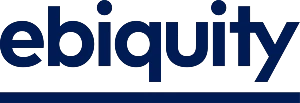At the end of last month, our Advanced Analytics practice published new research[1] showing that brands could be missing out on as much as $45bn profit globally by failing to optimise advertising investments. With digital shifting the marketing landscape – and now accounting for more than half of all ad spend in major markets – our study highlighted how important it is to optimise media performance to unlock this potential profitability.
It was in this context that we brought together a group of senior clients and our digital media experts last week for a breakfast briefing. The session was designed to help them rethink how to get the most out of digital advertising investment. We considered current trends and best practice in an event we called Demystifying Digital. Here are the main take-aways from our team.
Partner consolidation or fragmentation
Martin Vinter, Ebiquity UK’s Head of Media, weighed up the options facing marketers in how they choose to control digital advertising investments. The critical dimension they need to address is consolidation vs fragmentation – the extent to which they consolidate all the digital marketing activity and assets in the hands of a single partner, typically a media agency of record, or with multiple, specialist partners.
Ad fraud, ad misplacement, and a lack of transparency in the digital media ecosystem have led some big advertisers including Unilever, GSK, and HP to work with more specialists – to fragment – in order to achieve greater control and visibility. Those consolidating are motivated by reasons of efficiency; those fragmenting by reasons of objectivity and transparency.
Key recommendation: Martin advised brand owners to ask tough and honest questions about their own organisations before they choose to consolidate or fragment, specifically:
• Are we cost-led or are we capability-led?
• Do we work with our agencies as suppliers or partners?
• Is media seen as a cost to be managed as an expenditure or as an investment for growth?
The in-housing and outsourcing debate
Ebiquity’s Managing Principal for Tech in Europe, Tim Hussain, began by asking the audience how many of them had held discussions this year about in-housing or outsourcing advertising technology. More than half the audience raised their hands. Interestingly, the day after our session, Vodafone announced it was in-housing £140m of its estimated £200m annual digital media spend[2].
As with consolidation-fragmentation, the in-housing / outsourcing debate is driven by motivations for control, and it’s been gathering pace in the wake of the 2016 report and recommendations from the U.S. Association of National Advertisers (ANA).
But Tim cautioned that advertisers should be aware that in-housing to address transparency is not necessarily the cheapest or the most efficient way to tackle the issue. “It’s a bit like being concerned about being burgled and moving homes rather than just installing a burglar alarm at your existing home,” he argued.
Tim also warned that the debate is being stoked by those who have a vested self-interest in advertisers in-housing ad tech, most notably the consultancies. This is important, and in-housing something as complex and all-encompassing as programmatic should not be entered lightly. Programmatic has hundreds of supply points, requires half a dozen pieces of tech, and exists in ever-changing, volatile market conditions.
Key recommendation: before in-housing any element of advertising – traditional or digital, relatively contained (e.g. a data management platform) or wholesale (e.g. all programmatic media buying) – marketers should consider if their organisations are set up to deal with media supply, technology, and market conditions.
Contracts and contract compliance
Stephen Broderick is the founder and CEO of FirmDecisions, our specialist contract compliance business. He reflected that, although the ANA report had focused attention of the current generation of marketers on transparency, rebates not going from agencies to advertisers is nothing new. He recalled that in 2005, Interpublic Group issued a $500m restatement of its accounts for 2000-2004. Investigations had found that the agency group had retained hundreds of millions of dollars of media volume bonuses which should have been returned to its clients around the world.
What was new about the ANA report was that it showed non-transparent practices in the U.S. for the first time, and in connection with digital media buys. Since the IPG scandal, the supply chain has become very much complex and now includes many more links in the transactional chain. He urged advertisers to question their agencies rigorously about inventory and undisclosed media, which typically come with non-audit clauses.
Key recommendation: advertisers should review their contracts with agency and tech partners regularly. Stephen urged brands to ask expert media lawyers to review their agency contracts. A relatively small investment in good advice today usually saves many times that over the long run.
Measuring what matters
The last session of the morning came from Tim Fisher, Commercial Head of Attribution from our Analytics practice. He welcomed the widespread use of digital media performance data to analyse the impact of campaigns, but warned that most commercially-available, digital attribution solutions don’t give complete or accurate answers as to what caused what on customer journeys.
Among the shortcomings Tim highlighted are:
• Most transactions for most businesses are not conducted online. In retail, this figure is still over 80%, and therefore digital attribution cannot account for the vast majority of sales.
• Digital attribution cannot account for the impact of the 50%-plus of media spend that is not online – on TV, in press, outdoor. It is also unable to account for competitor activity, promotions, external factors such as weather, and seasonality.
• Attribution models use arbitrary rules – first-click, last-click, linear credit – that are subjective and not necessarily relevant or accurate. They are also usually black box and not transparent on how they attribute impact.
Key recommendation: advertisers should use a blended approach drawing from a full range of analytics tools and techniques available to them, combining the best of top-down econometrics to “right-size” digital attribution with bottom-up, granular digital touchpoint attribution, as well as long-term brand equity modelling to understand long-term effects.
In summary
Michael Karg, Group CEO of Ebiquity, opened and closed the event. In dialogue with brand owners throughout the morning, he urged them step back from the day-to-day business and pressures of running increasingly digital advertising campaigns and ask challenging questions of agency partners. This is the best way to deliver the levels of transparency, impact, and effectiveness that they desire.
To download the slides presented by Ebiquity’s digital media experts at our event last week, please get in contact us with us here.
Ebiquity’s next breakfast briefing will be titled “Industry Predictions: Marketing Tipping Points”. We are hosting it at our London offices at City Point in Moorgate from 8.30am on Thursday 13 September. To register interest in attending, click here.

